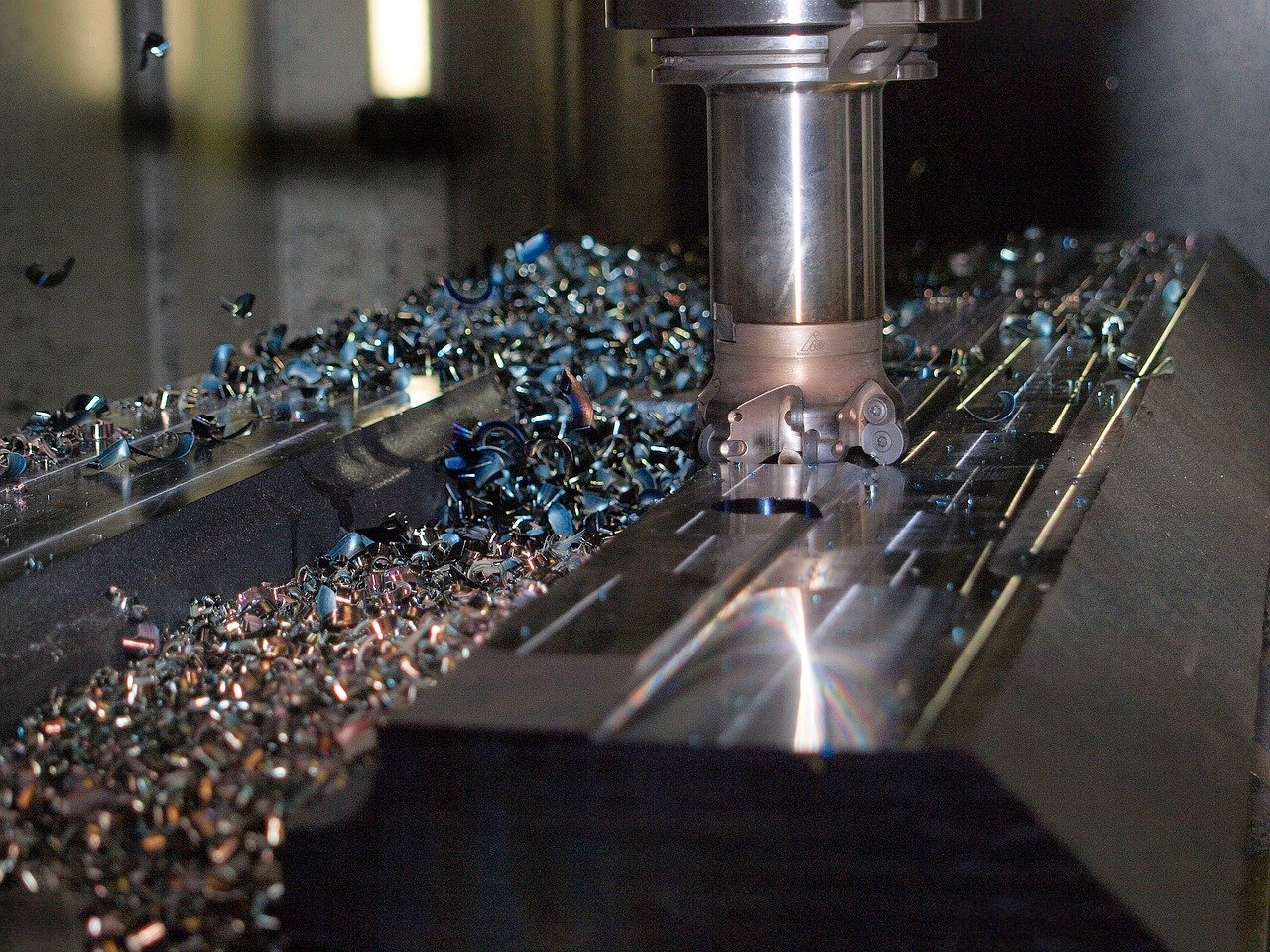CNC turnings services have a very large impact on production processes, their efficiency, and quality. Precise machining and automation of many aspects of the entire process enable fast and accurate production of components with even very complex shapes. What are these services? How do they contribute to increased production efficiency in the industrial sector?
- What are CNC turning services?
- In what industries is it difficult to imagine production without components produced by a lathe?
- CNC turnings services—not the only ones that are also used by business customers
What are CNC turnings services?
CNC turnings services is a machining process. Its execution requires the use of advanced computer control, namely CNC (Computer Numerical Control). Depending on the need, the material can be machined to obtain a cylindrical or conical shape.
CNC machining requires the use of specialised machines and equipment. One of the most important is the lathe. It has a cutting tool and allows the material to rotate in such a way as to precisely cut it according to the design. Such a machine has an appropriate turning diameter, which determines the capabilities of the device and the cutting tool.
CNC machining is a very practical solution because it allows the creation of very complex shapes. Special software is used for this purpose, automates the entire process, reduces the risk of error and speeds up the production of components.
In what industries is it difficult to imagine production without components produced by a lathe?
CNC turning is a process that is used in many industries. The machine can process both steel and plastics. It enables the production of many elements ordered by customers from the aviation or automotive industries.
Most often, various drive shafts used in machines and engines are produced in this way. It is also worth mentioning here bushings and bearings, screws, nuts, mechanical components, elements used in vehicles. Wherever precision and accuracy are required, elements produced by a lathe can be used.
The lathe is also used to produce components needed in busbar systems, such as adapters, electrical device connectors, insulated sleeves, and other fastening elements for busbars.
CNC turnings services—not the only ones that are also used by business customers
Additional services, which are used when machining various components, are CNC milling or electroplating.
CNC milling or turning—what are the differences between these processes? During CNC turning with CNC lathes, the material used to produce components rotates around its own axis, and the cutting tool removes excess material. Most often, such a machine allows the production of conical, cylindrical and rotary elements.
CNC milling, on the other hand, involves using a tool that rotates while the material is standing still. This process allows for the production of more complex shapes, e.g. 3D.
Electroplating is a process that uses a special galvanic bath. It consists of a metal salt solution that is to be applied to the component. Before this process, the component must be cleaned to increase the adhesion of the metal. This process protects against corrosion, enhances the aesthetics of the components, and also increases their wear resistance.
CNC turning makes use of advanced technology and is an essential machine for producing components that support the efficient operation and assembly of many machines, devices, vehicles, and equipment. Moreover, the entire process in question provides great flexibility in the production of complex components that may be of key importance in industry and may be used in combination with other technologies.




